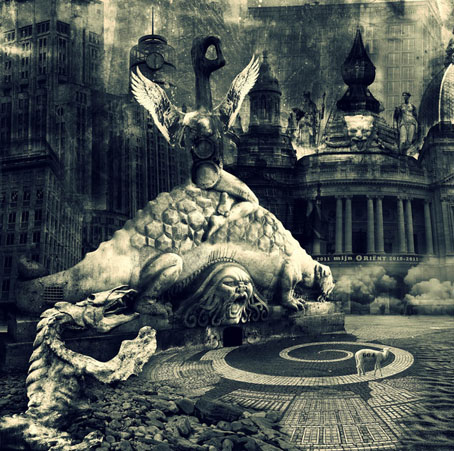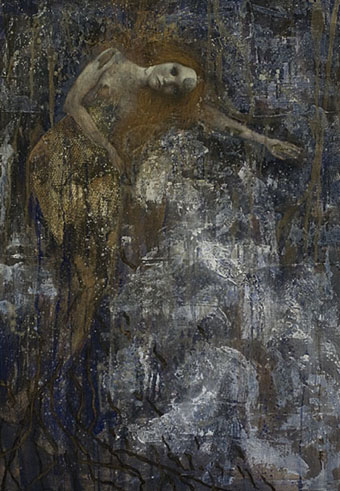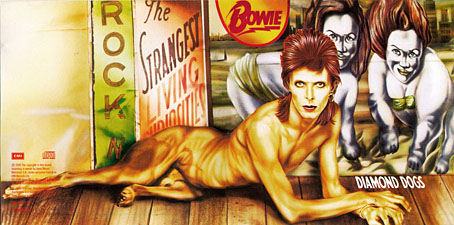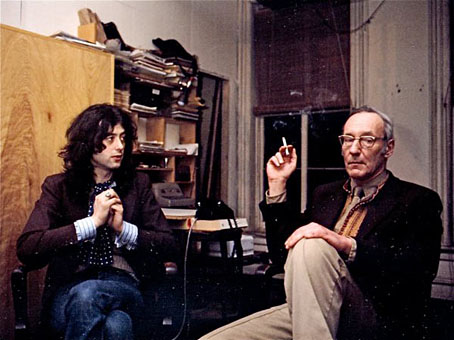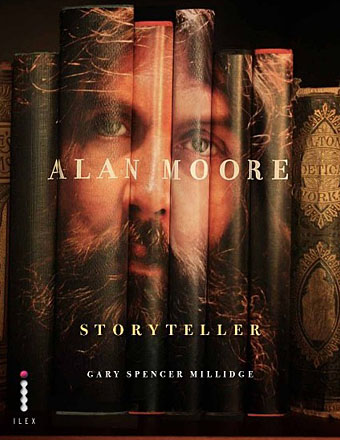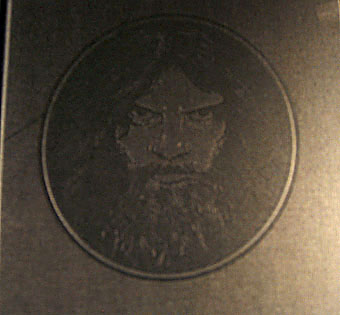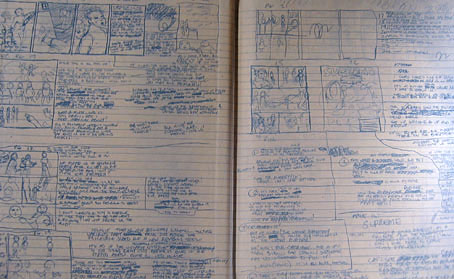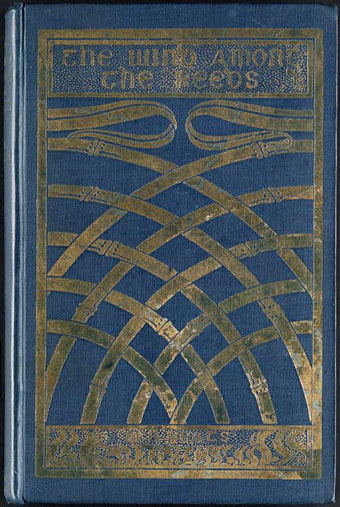
The Wind Among the Reeds (1899). Cover design by Althea Gyles.
1: The Song of Wandering Aengus by WB Yeats.
I went out to the hazel wood,
Because a fire was in my head,
And cut and peeled a hazel wand,
And hooked a berry to a thread;
And when white moths were on the wing,
And moth-like stars were flickering out,
I dropped the berry in a stream
And caught a little silver trout.When I had laid it on the floor
I went to blow the fire a-flame,
But something rustled on the floor,
And someone called me by my name:
It had become a glimmering girl
With apple blossom in her hair
Who called me by my name and ran
And faded through the brightening air.Though I am old with wandering
Through hollow lands and hilly lands,
I will find out where she has gone,
And kiss her lips and take her hands;
And walk among long dappled grass,
And pluck till time and times are done,
The silver apples of the moon,
The golden apples of the sun.

Illustration by Joe Mugnaini.
2: The Golden Apples of the Sun (1953), a story collection by Ray Bradbury.
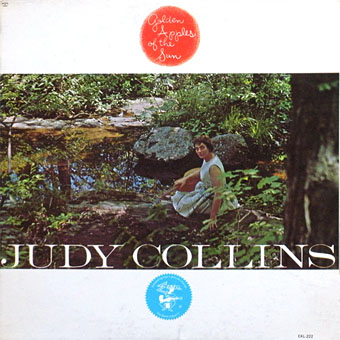
Cover design by William S. Harvey.
3: Golden Apples of the Sun (1962), the debut album by Judy Collins. The first track is her setting of The Song of Wandering Aengus.
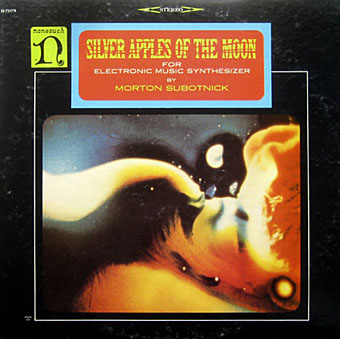
Cover design by William S. Harvey. Artwork by Anthony Martin.
4: The Silver Apples of the Moon (1967), an album of electronic music by Morton Subotnick.
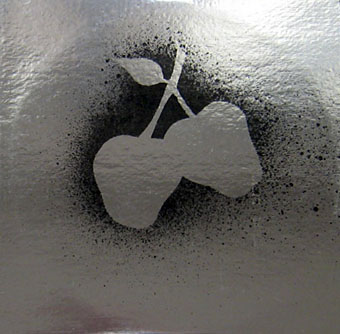
Artwork by Anonymous Arts.
5: Silver Apples (1968), an album of electronic music by Silver Apples.
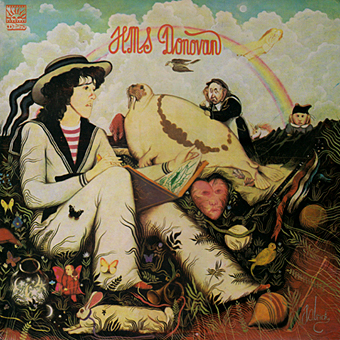
Art Direction by Sid Maurer. Artwork by Patrick.
6: HMS Donovan (1971), a double album of poems for children set to music by Donovan. The second song on side four is The Song of Wandering Aengus.
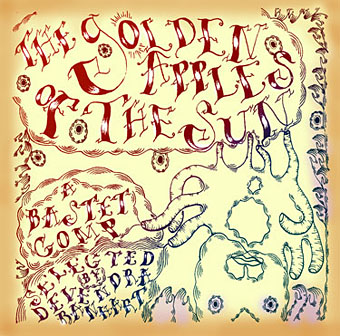
Cover by Devendra Banhart.
7: The Golden Apples of the Sun (2004), a freak folk compilation selected by Devendra Banhart for Arthur magazine‘s Bastet label.
Previously on { feuilleton }
• The Golden Apples of the Sun

